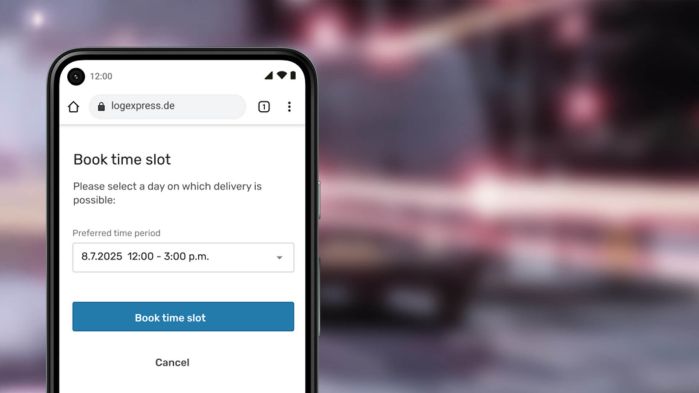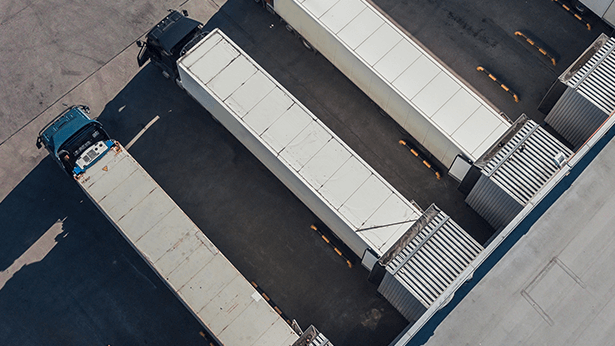Goods, dates and locations – logistics processes are always and everywhere determined by the same factors. Logistics planning thrives on information. It is always the same factors that influence important processes in logistics, such as scheduling, load planning and inflow control, goods, place and time of use as well as those responsible for transport. A forwarding company that provides these factors throughout the whole processes chain is optimally prepared for all tasks. They are the basis of all planning in transport management, shipment preparation and production control.
Chaos on the production site, long waiting times for collecting forwarders and warehouse clerks hectically jumping back and forth between the loading gates. Many industrial companies lose enormous efficiency with inadequately controlled logistics processes around the shipping of their goods. The same is true for forwarders who organise the transport of consignments to private recipients. They often have to go great lengths to arrange delivery dates by phone and lose part of their handling space to consignments that cannot be delivered on the day they arrive. This delays their processes several times over because the handling capacity decreases with each waiting package. And producers sometimes have to change entire production lines when the late arrival of just-in-sequence deliveries delays the flow of materials. Coordination losses that cause high costs. With targeted logistics planning, however, they could easily be avoided.
In recent years, supply chain managers have developed stable and differentiated logistics solutions that prove resilient even in the face of resistance. The process specialists are experienced, can simulate every single process, calculate its planning times, optimally determine interfaces and handling points. With advance data and real-time communication in the running process, they receive the information they need to monitor the process flow of the services and to be able to readjust it if necessary. Via a cross-company platform, they manage to share any new status in good time with all relevant stakeholders at all locations. In this way, they combine their strategic concepts from theoretical logistics planning with their practical implementation and the assurance of process quality. For the greatest possible efficiency, they use IT solutions that support their processes, such as:
- notification
- yard management
- time slot management
With these applications, supply chain managers coordinate the upcoming processes, agree on deadlines, assign tasks and check the actual transport process against the target process.
One of the most important tasks of software modules for notification, time slot management or yard management is to make the processes controllable during execution. They check again and again whether the process goals can still be achieved. If this is no longer possible, these IT platforms proactively inform all parties involved and allow them to set new goals. They also offer the option of permanently monitoring the entire course of the process. In this function, they strengthen logistics concepts and help to implement new planning.
Addresses, times, routes, dimensions and weights, storage or parking spaces: The most important information for logisticians can be transmitted in just a few data formats. The analysis of this information results in the cornerstones of concrete planning – platforms as data hubs and communication interfaces for the various tasks use the same planning algorithms and display methods. In this way, they communicate the appointment coordination for a delivery just as they do the loading time window in an industrial plant or the specified access route, waiting position and loading ramp on a factory site. In addition, the software contains rule-based workflows with which it structures communication and determines the next process step. Therefore, a software provider that masters one of the planning genres can, in principle, also master the other facets. From collection to handling to delivery.



